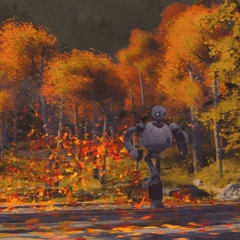In today's globalized world, effective communication across languages is crucial. AI-powered language translation tools have revolutionized the way we overcome language barriers. These advanced technologies are making it easier for people to connect and understand each other, regardless of their native languages.
The Rise of AI in Language Translation
AI has significantly transformed language translation. Traditional methods relied on human translators, which were time-consuming and expensive. However, AI has introduced machine learning algorithms that can quickly and accurately translate text and speech. This innovation has opened up new possibilities for businesses, travelers, and individuals seeking to communicate across different languages.
How AI Translation Works
AI translation systems utilize neural networks to understand and translate languages. These networks are trained on vast amounts of multilingual data, enabling them to recognize patterns and nuances in different languages. When a user inputs text, the AI processes it through these networks, providing a translation that maintains the original meaning and context.
Benefits of AI-Powered Translation
One of the primary advantages of AI-powered translation is its speed. Unlike human translators, AI can provide instant translations, which is particularly useful in fast-paced environments. Additionally, AI translation tools are cost-effective, making them accessible to a wider audience. They also offer a high level of accuracy, continually improving as they process more data.
Applications in Various Industries
AI language translation is being utilized in numerous industries. In business, it facilitates international trade by allowing companies to communicate with clients and partners in their native languages. The travel industry benefits from AI translation apps that help tourists navigate foreign countries. In education, AI tools assist students in learning new languages by providing accurate translations and explanations.
Challenges and Limitations
Despite its advantages, AI-powered translation is not without challenges. One major issue is the difficulty in translating idiomatic expressions and cultural nuances, which can lead to misunderstandings. Additionally, while AI systems are continually improving, they are not yet perfect and may produce errors in complex translations.
Future of AI Language Translation
The future of AI language translation looks promising. Ongoing advancements in AI and machine learning are expected to enhance the accuracy and reliability of translation tools. As these technologies evolve, they will become even more integrated into our daily lives, further bridging communication gaps and fostering global understanding.
Conclusion
AI-powered language translation is a groundbreaking innovation that is transforming the way we communicate. By leveraging advanced technologies, we can overcome language barriers and connect with people from diverse backgrounds. As AI continues to advance, the potential for even more accurate and seamless communication will only grow, making the world a more interconnected place.


Recommended Comments